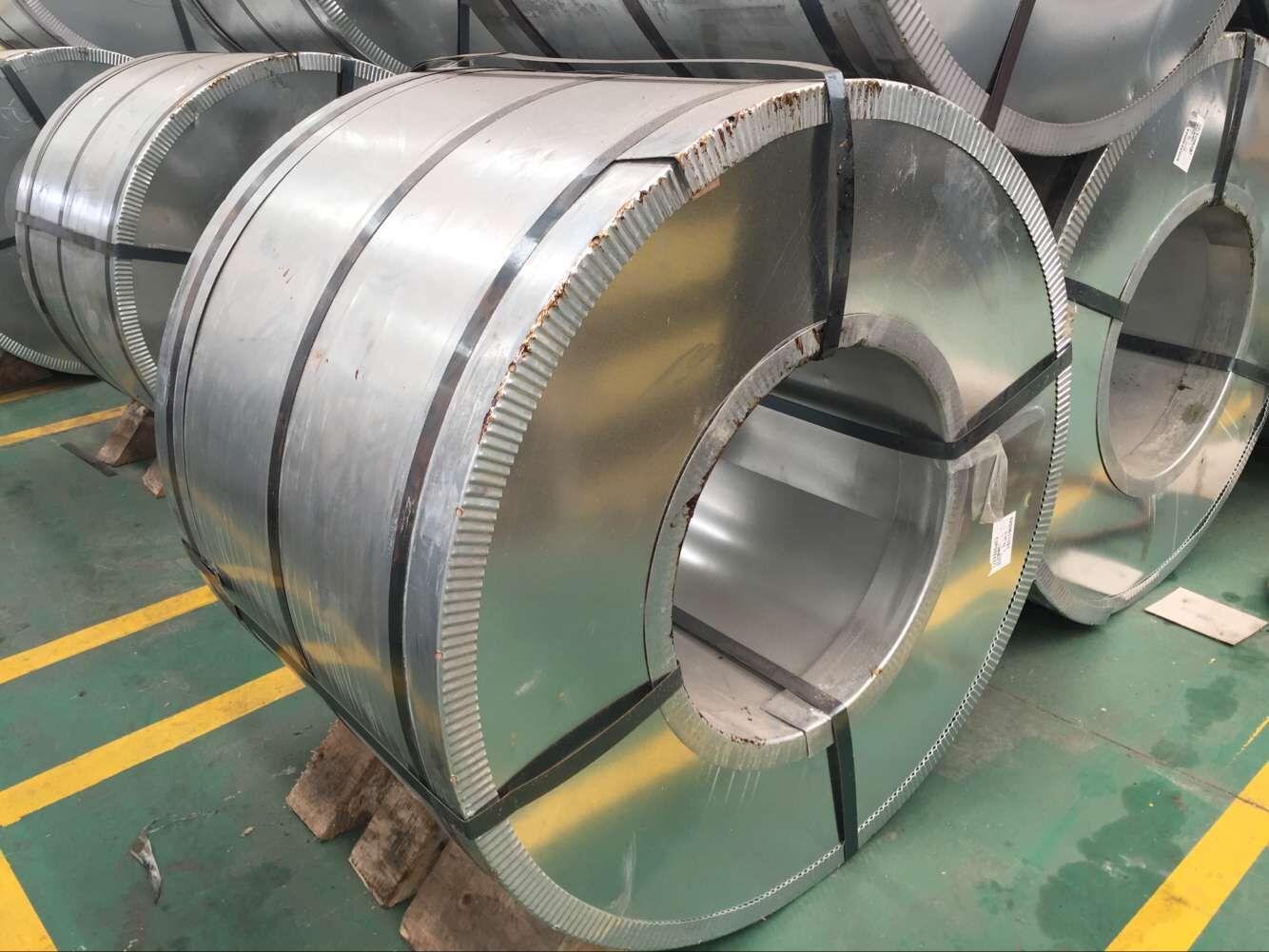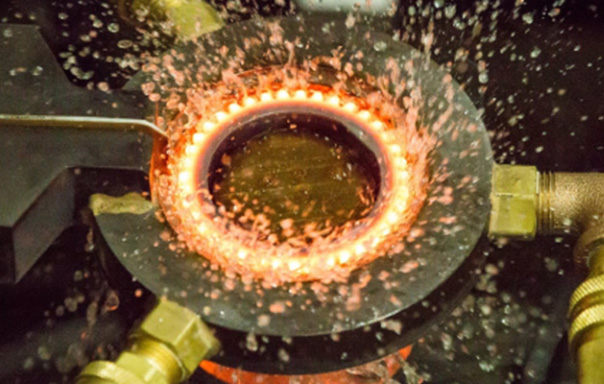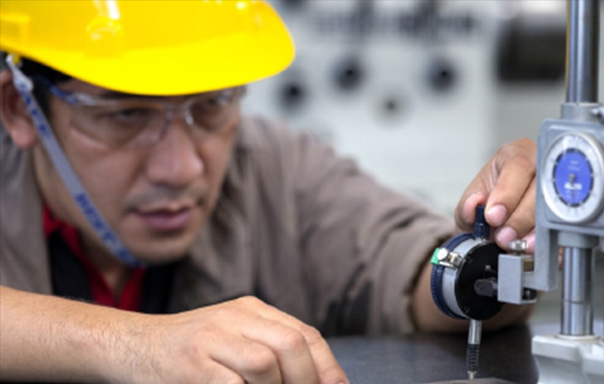"CR" stands for Cold Rolled
"900T" indicates tensile strength (MPa)
"700Y" represents yield strength (MPa)
"MS" abbreviates Multi-phase Steel
Through precise composition design and controlled rolling/cooling processes, this material achieves optimal balance between strength and plasticity. Its typical microstructure comprises ferrite, bainite, and small amounts of retained austenite, combining excellent formability with superior crash energy absorption. It has become a preferred material for automotive lightweight applications and high-end manufacturing in construction machinery and other industries.
CR900T/700Y-MS cold-rolling represents an advanced metal processing technology widely used across industrial sectors. Cold rolling processes metal through pressure deformation at room temperature to achieve desired shapes, dimensions, and properties. Compared to traditional hot rolling, cold rolling offers higher precision and superior surface quality, meeting more demanding requirements for metal product manufacturing.
The CR900T/700Y-MS cold-rolling technology stands out in metal processing due to its distinctive features and advantages. Firstly, CR900T/700Y-MS rolling mills possess high rolling force and speed capabilities, enabling efficient metal processing. Secondly, the technology incorporates advanced control systems and automation to ensure stable and reliable rolling processes. Additionally, CR900T/700Y-MS cold rolling demonstrates excellent material adaptability and flexibility to accommodate different metal processing needs.
During CR900T/700Y-MS cold rolling, metallic materials undergo multiple rolling and annealing treatments that optimize and improve their microstructure. The cold rolling process refines material grain structure, enhancing both mechanical properties and workability. Simultaneously, cold rolling can achieve either thinning or thickening of metal materials to meet various product thickness requirements.
CR900T/700Y-MS cold-rolling technology finds extensive application in metal product manufacturing. In automotive industries, the technology produces body panels, components, and structural parts that improve vehicle strength while reducing weight. In construction, cold-rolled steel plates are widely used for building frames, roofing, and wall panels, enhancing structural stability and durability. Furthermore, CR900T/700Y-MS cold-rolling technology plays significant roles in electronics, appliances, machinery, and other sectors, providing strong support for industrial development.
However, CR900T/700Y-MS cold-rolling technology also faces certain challenges and limitations. Primarily, the process consumes substantial energy and water resources, creating environmental pressures. Therefore, promoting and applying this technology requires emphasis on energy conservation, emission reduction, and environmental protection. Secondly, cold rolling imposes stringent quality requirements on raw materials, necessitating careful metal selection. Additionally, byproducts and waste generated during cold rolling require proper treatment to prevent environmental contamination.
To drive continuous development and innovation of CR900T/700Y-MS cold-rolling technology, ongoing research and upgrades are essential. Potential approaches include improving rolling processes and equipment to enhance efficiency and product quality, while exploring new applications and markets to expand the technology's scope. Concurrently, strengthening international exchanges and cooperation to assimilate advanced global experiences and technical achievements will promote progressive advancement of CR900T/700Y-MS cold-rolling technology.

.jpg)

Baoshan District,
Shanghai, China.



